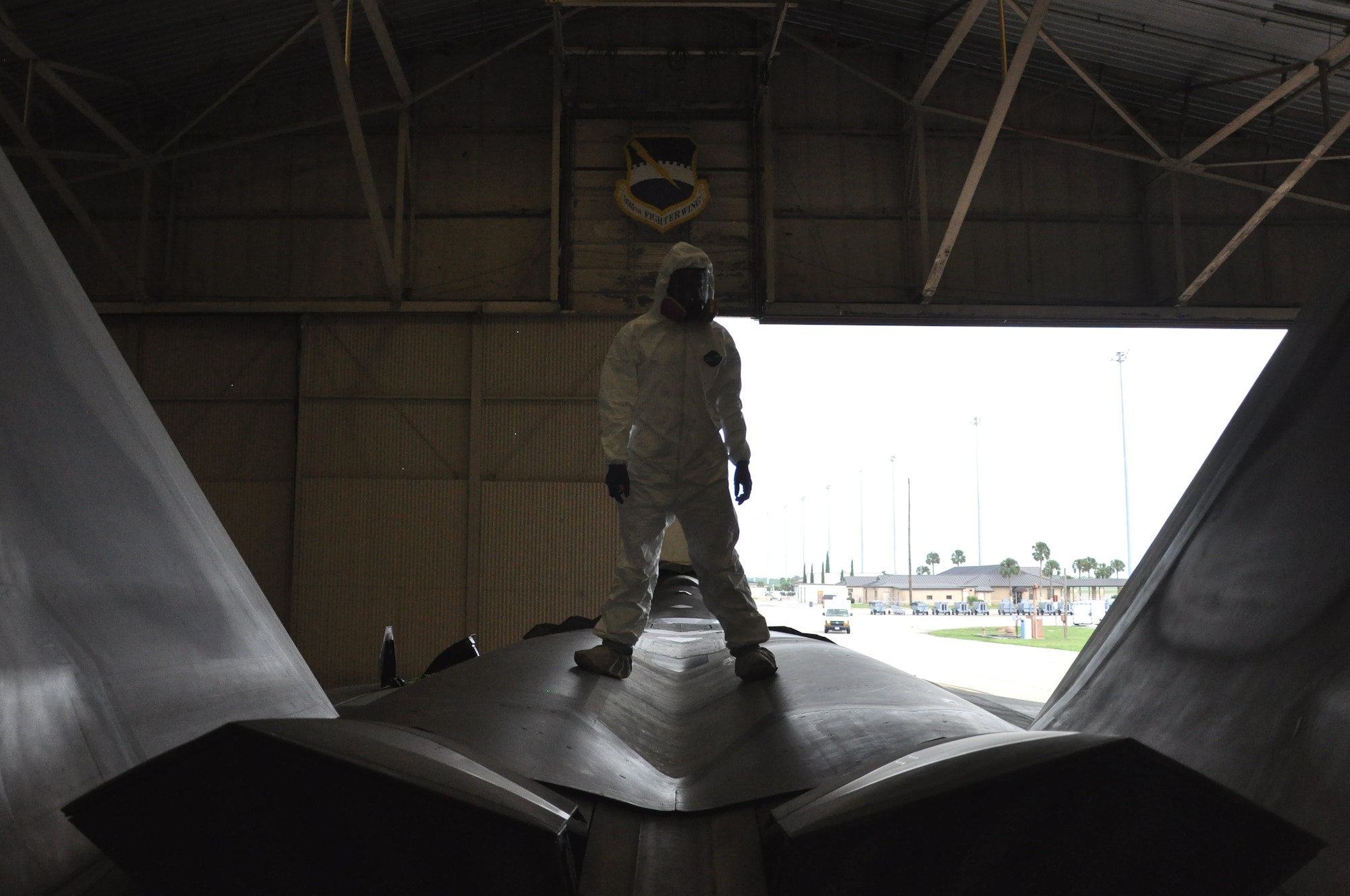SOURCE: RAUNAK KUNDE / NEWS BEAT / IDRW.ORG


India’s Defence Research and Development Organisation (DRDO) has achieved a breakthrough in the maintenance of stealth technology with the development of specialized chemical handling processes tailored for the Advanced Medium Combat Aircraft (AMCA), the nation’s fifth-generation fighter jet. Unlike conventional aircraft that rely on routine washing and upkeep, the AMCA’s advanced stealth coatings demand a unique approach to ensure their longevity and effectiveness, a challenge DRDO has addressed head-on as the jet nears its developmental trials.
The AMCA, designed by the Aeronautical Development Agency (ADA) under DRDO’s oversight, is poised to be India’s first stealth fighter, featuring a low Radar Cross Section (RCS) achieved through a combination of airframe shaping and radar-absorbent materials (RAM).
These stealth coatings, critical for evading enemy radar detection, require meticulous care beyond standard soap-and-water cleaning. DRDO’s new chemical handling system, developed in collaboration with industry partners, is engineered to maintain the integrity of these coatings, ensuring they withstand the rigours of operational use while preserving the jet’s stealth profile.
According to DRDO sources who spoke to idrw.org, the specialized process involves a suite of chemical formulations and application techniques designed to clean, repair, and reapply stealth coatings without degrading their radar-absorbent properties. Unlike traditional aircraft maintenance, which focuses on corrosion prevention and surface cleanliness, the AMCA’s upkeep prioritizes the preservation of its composite-heavy airframe—90% of its surface—and the delicate RAM layers. “The stealth coatings are not just paint; they’re a complex system requiring precise handling,” a DRDO official explained. “Regular washing won’t suffice—our method ensures the jet remains invisible to radar even after years of service.”
This development is a significant step for the AMCA program, which recently showcased a full-scale, all-composite airframe at HAL’s Aircraft Research and Design Centre on February 11, 2025. Extensive RCS measurement tests are planned to fine-tune the jet’s stealth signature, a process reliant on the coatings’ performance. The chemical handling system will play a crucial role during these trials and beyond, as the AMCA transitions from prototype to production, with its first flight targeted for 2028-29.
NOTE: Article cannot be reproduced without written permission of idrw.org in any form even for YouTube Videos to avoid Copy right strikes. Websites doing illegal reproductions will get DMCA and Legal Notices.